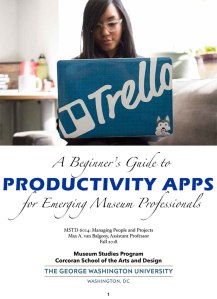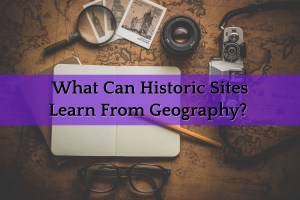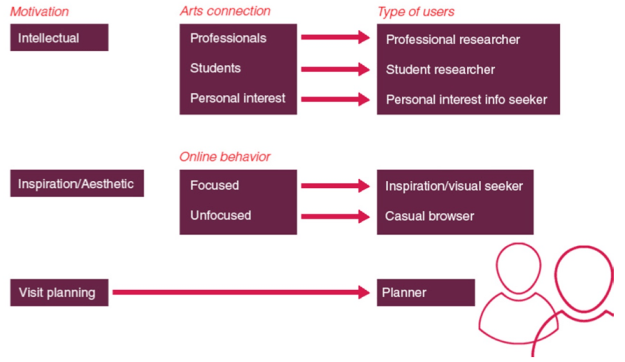Warning: this is an experiment in historic site interpretation. Things went wrong but we’re also learning a lot together.
I’ve been working on improving and enhancing the interpretation of historic sites and house museums for decades, plus I’ve also been interested in ways to improve access to these incredible places. If you’ve ever met me at a historic site, you know I take LOTS of photos and share them in my workshops, classes, and in this blog.
Last year, a friend introduced me to the Insta360 One X2, a small camera with two lenses that captures 360-degree photos and video. It’s popular with skiers, mountain bikers, skateboarders, and other active sport players because it captures everything, which can later be edited to the best views and moments. But how can it be used in the interpretation of historic sites? Is this a low-cost solution to create immersive videos?
I’ve just returned from a vacation in Greece and Turkey, where I visited several museums and historic sites that have long been on my list. As usual, I took lots of photos, including video using an Insta360. Fixed at the end of a yard-long selfie stick, it allowed me to capture drone-like views above the heads of the people around me without interfering with their experiences.
This first video experiment simply stitches four videos together of the Hagia Sophia in Istanbul during a daily prayer service. There’s no voice-over or narration as in a traditional tour, just a simple walkthrough with ambient sounds. Remember that it was originally a 360-degree video that was edited to frame the view and add camera movements. I discovered that the video is smudged or blurred at times. I’m not sure if that due to a dirty lens or the low light conditions, but I hid the worst parts with photos from my iPhone (yes, I was juggling two cameras at the same time!).
Take a look at the video and tell me what you think. How might this format enhance the interpretation of historic sites? What are possible next steps?






 TED Talks has spawned the renewal of lectures as an engaging form of education (who would have guessed?) and many universities and organizations are regularly sharing lectures from their public programs, staff workshops, and student courses online with the public. They’re also a great resource for house museums and historic sites, who can use them for professional development and staff training, or to check out a potential speaker for a special event. They might even inspire museums to record their own events and share them online. Here are a couple programs that caught my eye:
TED Talks has spawned the renewal of lectures as an engaging form of education (who would have guessed?) and many universities and organizations are regularly sharing lectures from their public programs, staff workshops, and student courses online with the public. They’re also a great resource for house museums and historic sites, who can use them for professional development and staff training, or to check out a potential speaker for a special event. They might even inspire museums to record their own events and share them online. Here are a couple programs that caught my eye:  The Metropolitan Museum of Art recently shared the
The Metropolitan Museum of Art recently shared the